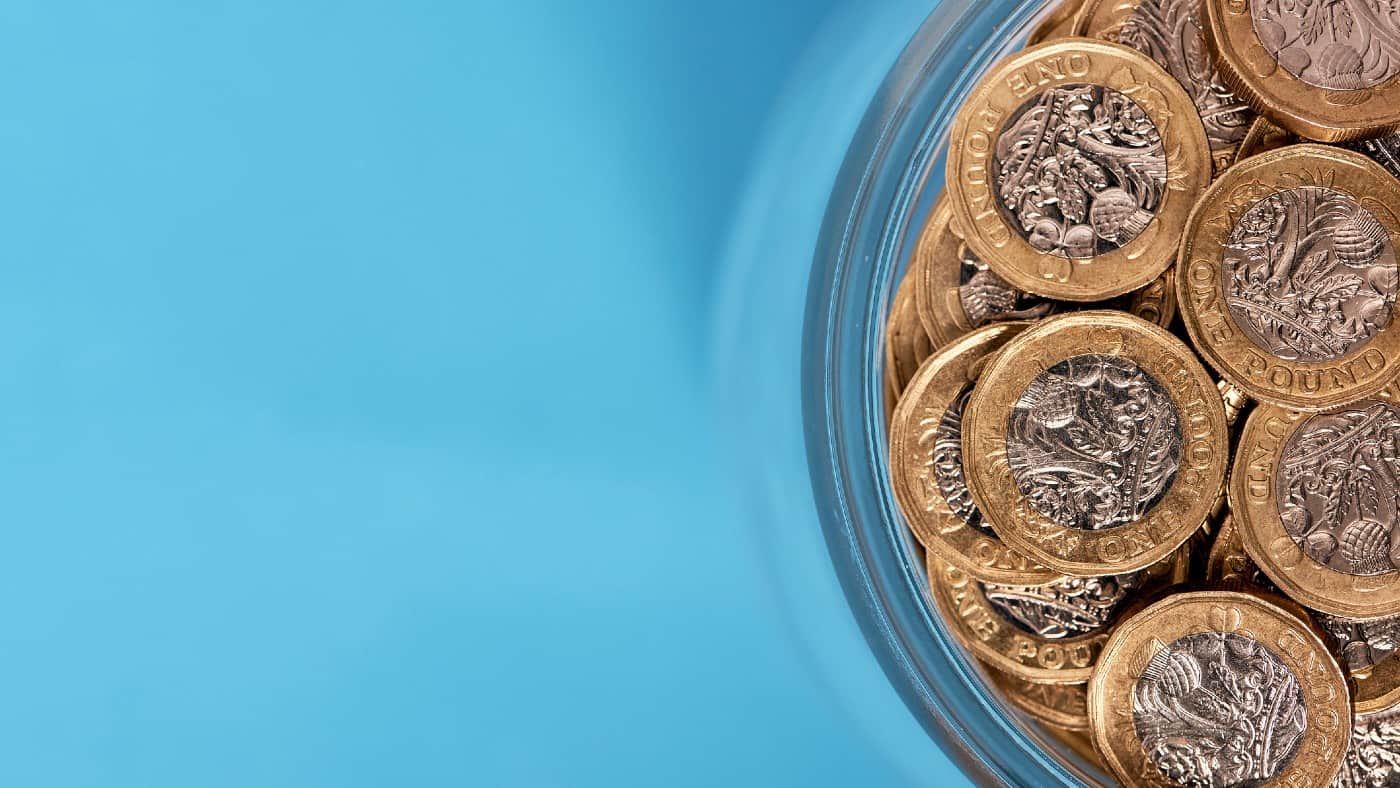Earning money from the hard work of blue-chip companies rather than my own labour sounds good to me. But there are different ways to go about it. Here is how I would consider investing to aim for £1,000 in passive income each year from a handful of blue-chip companies.
Finding a dividend mine
Imagine if you could invest in a mine that had produced gold for one year, or a different one that had been producing the shiny stuff for a century. Which would be the better investment?
The answer is that, without further information, there is no way to know. The past production of a gold mine is not in itself an indication of what might come out of the ground in future. Nor does it help you understand other important factors, like the cost of production.
I think the same is true when it comes to dividends. If I am investing today hoping to earn passive income in future, I would want to know what a company’s forward-looking prospects are like. Will it have the ability to make profits that could help fund a dividend?
There is no way of knowing what will happen to a company in future, but there are some signs I look for as positive indicators. For example, if it operates in a market that is likely to keep seeing strong customer demand, I would regard that as positive. A company with some competitive advantage in its business area should find it easier to make profits than a company that has no such advantage. A healthy balance sheet can help a company fund dividends, but if a firm has heavy debts then profits may need to be used for interest payments instead.
Spreading my choices
I can think of quite a few blue-chip companies I think have strong business prospects. For example, the drinks company Diageo owns brands like Johnnie Walker and Guinness. I reckon that gives it a unique competitive advantage. Even if cost inflation soars on items like barley and packaging, I think the uniqueness of Guinness would mean Diageo could push its prices up and hopefully still keep customers. Indeed, at the end of last year Diageo said that although it expected inflationary pressures to increase, it expects “organic operating profit to grow sustainably in a range of 6% to 9%” over the next several years.
But what if inflation gets worse? Or a decline in alcohol sales among younger consumers leads to falling revenues? Even the best-run blue-chip business faces lots of risks. That is why I would build my portfolio to include a variety of shares and give me exposure to different industries. If I invest in five different companies and one of them suddenly runs into unexpected difficulties, hopefully that would not affect my passive income streams from the other four.
The role of yield
If I wanted to target £1,000 each year in passive income, how much would I need to invest in five such companies?
The answer depends on the dividend yield of the shares I buy. Yield is basically an expression of annual dividends as a percentage of a share’s purchase price. So, if I put £100 into a share yielding 1% I would hopefully receive £1 in annual dividends; if the yield was 2% it should be £2 and so on.
That means that I could target £1,000 by spending £100,000 on 1%-yielding shares, or investing a tenth of that amount on shares yielding 10%.
Put like that, it sounds like it would be simplest for me to focus on 10% yielding shares, such as Persimmon or Diversified Energy. But that might not be the right thing for me to do. Remember, I am trying to focus on how a company will perform in future, not its track record. As a housebuilder, Persimmon could suffer from a housing market downturn. I think the same logic applies to Diversified if energy prices crash. Simply chasing yield can be a costly mistake for investors to make. They can buy so-called yield traps, shares that have a high dividend yield today partly because some investors are already anticipating future dividend cuts.
So although yield is important in calculating how much I need to invest to try and reach my passive income target, I would not chase yield. Instead, I would go through the process above to find shares that I thought had attractive long-term potential. Once I had chosen the five I liked most, I could use the average yield to calculate how much I would need to invest to bring my £1,000 annual passive income goal within reach.
Passive income or active investing
Once I have invested the money and hopefully start receiving £1,000 in passive income per year, what would I do next?
For me, the point of passive income is that it really is passive. If I spend lots of time checking up on my portfolio then the income is not really passive.
If I make a well-informed choice about the right blue-chip shares for my investment objectives in the first place, buying and selling shares frequently would hopefully be unnecessary. So I would occasionally look to see whether anything had fundamentally changed the investment case for my shares. Apart from that, I would sit back and hopefully enjoy receiving dividend income without lifting a finger.
That involves me finding the right sorts of shares in the first place, though. My passive income plan might not take much of my time in future. But to start with, I would spend time to do the right research to discover shares I could buy and hopefully set myself up for success.
Credit: Source link














